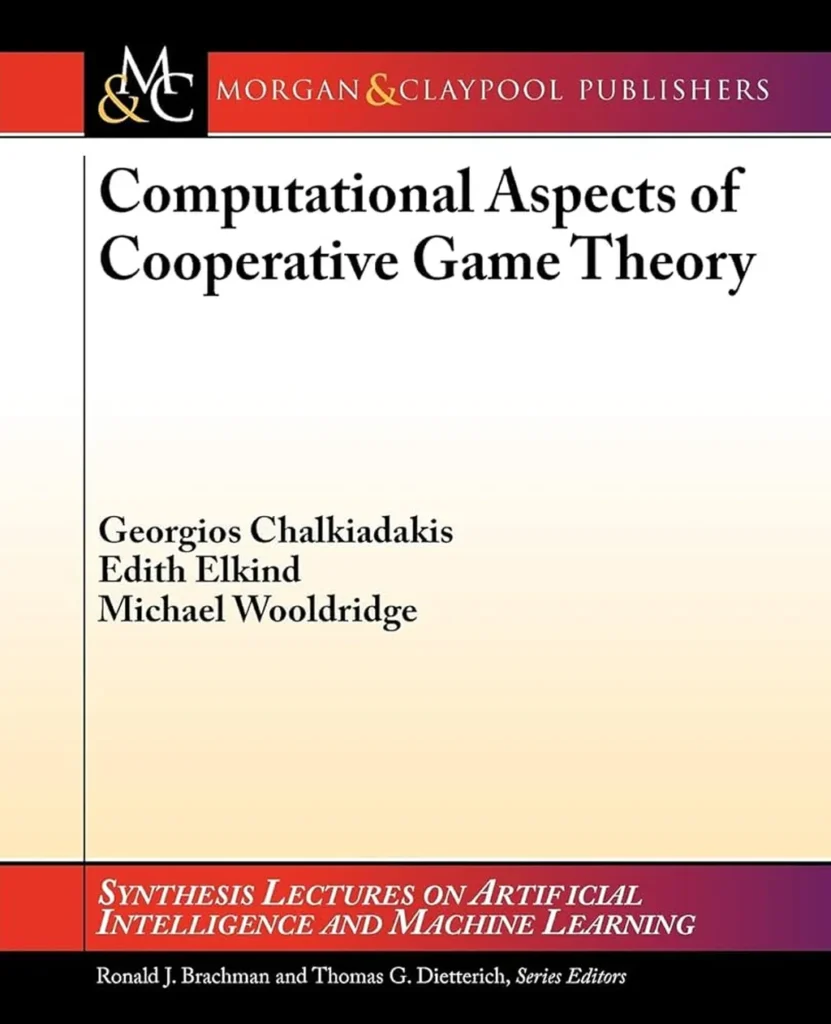In the ever-evolving landscape of international relations, where diplomacy and conflict often intersect, a new mathematical approach is emerging as a powerful tool for understanding and navigating geopolitical dynamics. Researchers are turning to game theory, network analysis, and dynamical system models to decode the complexities of state interactions, offering fresh insights into conflict resolution and cooperation.
At the forefront of this innovative research is Muhammad Imran Chaudhry, a visiting scholar at the University of California, Berkeley. His recent paper, published in the *NUST Journal of International Peace and Stability* (translated from Urdu as *NUST Journal of International Peace and Stability*), explores how mathematical modelling can provide a structured framework for analysing international relations.
Chaudhry’s work delves into the application of game theory, a branch of mathematics that studies strategic decision-making. By employing utility functions and examining concepts such as Nash equilibrium and Pareto optimality, researchers can better understand the strategic choices made by sovereign states. “Game theory offers a rigorous way to model the interdependencies and outcomes of decisions made by different actors in the international system,” Chaudhry explains. “This can help us predict potential conflicts and identify pathways to cooperation.”
One of the key contributions of Chaudhry’s research is its focus on the security dilemma—a situation where actions taken by one state to increase its security can be perceived as threatening by others, potentially leading to conflict. By quantifying these dynamics, mathematical models can reveal the underlying tensions and suggest strategies for mitigating them.
The research also explores the applicability of these models to prominent theoretical frameworks in international relations, such as realism and idealism. Realism emphasises the role of power and national interests, while idealism focuses on cooperation and shared values. Chaudhry’s work demonstrates that mathematical modelling can be equally effective in studying both perspectives, providing a versatile tool for policymakers and analysts.
The implications of this research extend beyond academia. In an era where geopolitical tensions are on the rise, the ability to model and predict international interactions is invaluable. Governments, international organisations, and even private sector entities can use these insights to develop more effective strategies for conflict resolution and cooperation.
Chaudhry’s work is part of a growing trend in international relations research that seeks to integrate quantitative methods with traditional qualitative analysis. This interdisciplinary approach not only deepens our understanding of global dynamics but also offers practical solutions for fostering peace and stability.
As the world becomes increasingly interconnected, the need for sophisticated tools to analyse and navigate international relations becomes ever more pressing. Chaudhry’s research highlights the potential of mathematical modelling to bridge the gap between theory and practice, offering a powerful new lens through which to view the complexities of the global system.

